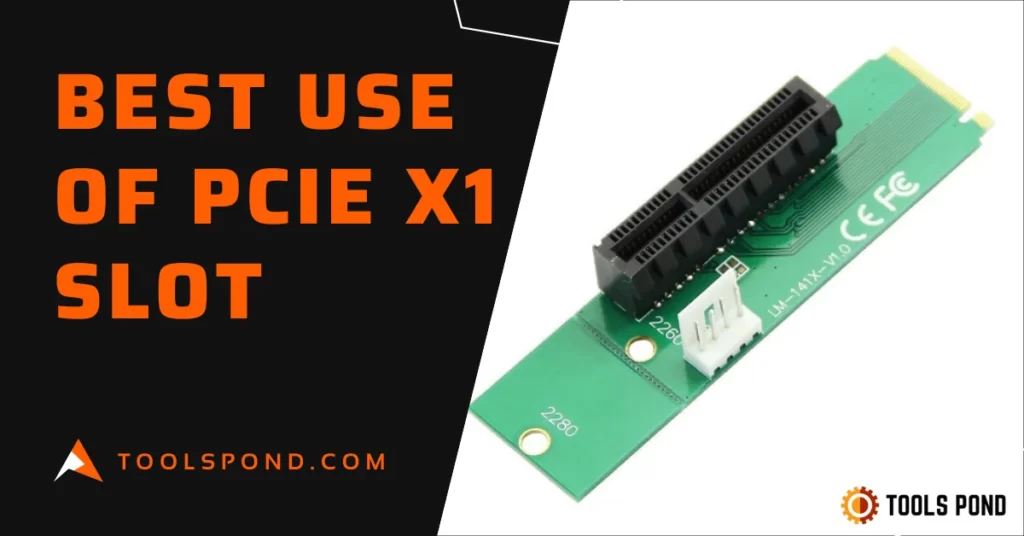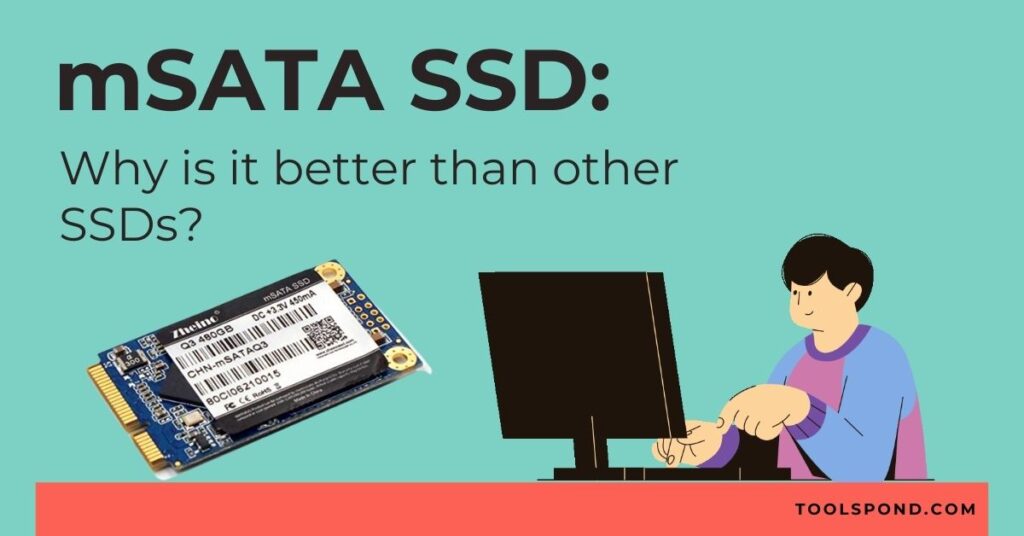The PCIe x1 slot is an extension or additional slot provided by the motherboard manufacturers to be used for additional peripheral devices that the user might want to install on their system. There are many varieties of PCIe generations and slots. The PCIe is a successor of the PCI protocol and is much faster than it. The throughput of the PCIe slot depends on the number of lanes it uses to transfer the bits of data. The PCIe x1 slot is the smallest in size and provides the lowest throughput out of all other implementations of the PCIe. In this article, we provide you with complete details about the PCIe x1 slot.
Contents
Explaining PCIe
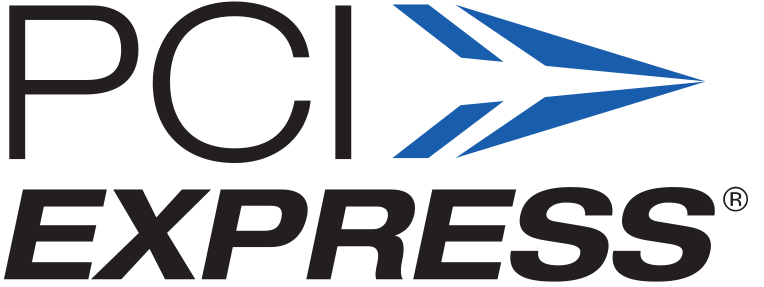
PCIe is short for Peripheral Component Interconnect express. It is a BUS interface that was designed to provide high-speed data transfers between the system and the hardware. Different permutations of the number of lanes and the generation of PCIe provides different throughput capacity. The PCIe slot can be used to connect various devices and extensions such as NIC(Network Interface Card), Sound cards, SATA expansions, etc. The higher lane slots are mostly used for Graphic cards as they require high bandwidth transfer to operate efficiently.
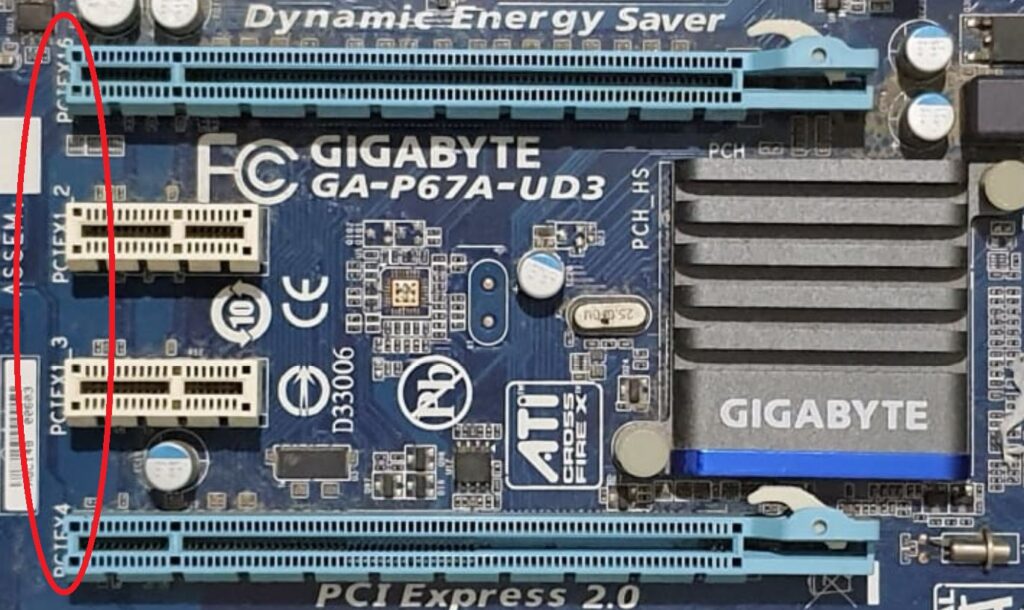
A single PCI lane is defined as the set of four wires, two for the input and two for the output simultaneously connected to the CPU. The PCI x1 slot only supports a single lane, while the maximum is the x16 slot that supports 16 parallel lanes of high-speed transfer rates. There are also x2, x4, and x8 slots in the middle, which provide different throughputs. The PCIe x1 slot is not recommended for Graphics cards because of its low I/O limitations. But it can be used for other purposes that do not require that many high-speed transfer rates.
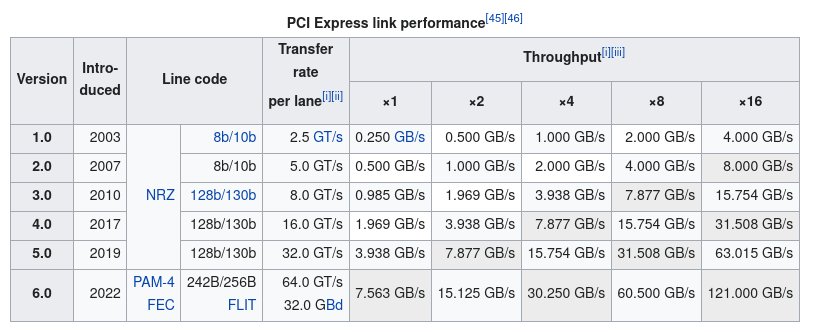
Using PCIe x1 slot
An empty PCIe x1 slot can be used for multiple purposes, such as extending storage or adding a Network Interface Card or a sound card, etc. The following sections provide you with the best use cases for your idle PCIe 1x slot.
PCIe x1 slot for sound card
Sound cards are specifically designed hardware devices that are used to control the incoming and outgoing sound signals to and from a computer system. Most of the computers nowadays do not have an explicit, graphic card installed in them. The onboard sound chip is more than enough for an average user. But if you are a professional like an editor or a studio artist, etc., you might need an additional sound card for your work. Sound cards are not very I/O intensive can be easily slotted on a PCIe x1 slot. You might need to install the provided compatible drivers for the sound card to operate correctly.
PCIe x1 slot for Network card
Like sound cards, mid-range Network Interface Cards are not very I/O hungry and can be installed on an x1 slot. But before buying any card, make sure it supports the generation of your x1 slot. For example, a PCIe gen3 slot would support a gen2 NIC card, but vice versa is not possible. As with the sound card, you might need to install additional drivers for the network card to operate correctly. If your system already has ethernet but doesn’t have WiFi, then an external PCIe can be a great option to upgrade.
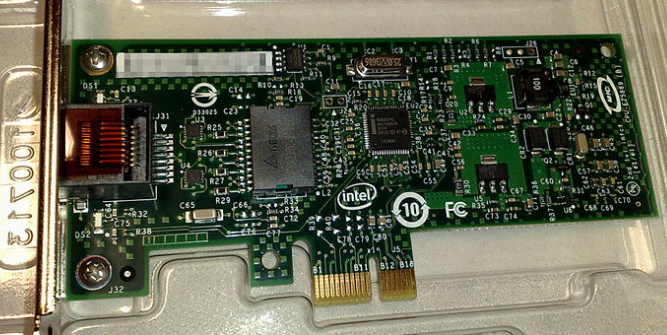
PCIe x1 slot Port extentions
If your system has limited built-in I/O ports and you wish to expand your I/O capabilities, then you could use an empty PCIe x1 slot for a port extension card. There are plenty of extension cards available online that could match your specific needs.
USB port Extension
USB ports are widely used nowadays to connect a device to the system. One can easily fall short of the USB ports required for his daily operations. In such a scenario, using an empty X1 PCI slot can really help get the necessary USB port connectivity. The expansion card fits into the x1 slot and provides at least four more USB ports in exchange for a single PCI slot. Again it is recommended to check generation compatibility before making any purchases.
SATA port Extension
The PCIe x1 port can also be used in exchange for SATA ports. If you wish to connect multiple storage drives or Disk drives to your system or set up a RAID configuration on your system to use it as a storage server, an empty PCIe slot can be convenient in such a scenario. All you need to do is install a SATA expansion card on the PCI port and then install the drives on the expansion card. However, it is recommended to use more lane slots if you are going to perform I/O intensive tasks as it would require more bandwidth.
Other uses
Apart from the uses mentioned above, an empty PCIe x1 slot can be used for purposes also. An additional video capture card can be slotted into it, which can be used for content streaming. A TV tuner card can also be used, which converts the output display signals into TV compatible signals. Again, it is recommended to check your slot’s generation and lane compatibility and desired device before doing any installation.
PCIe x1 slot not working
If your PCIe x1 slot is not working, then there’s not much you can do from the software side. The reason for your slot not working can be totally random. Still, there are a few things that you can try to do if your PCIex1 slot is not working. Try employing the following tricks if your PCIe x1 slot is not working.
- Check for any physical damage to the slot such as broken slot or deshouldered connections, etc.
- Make sure the device you are trying to plug into your slot is plugged in correctly and also make sure you have the required drivers installed for the device.
- Try updating or resetting your BIOS.
- A CPU can support a limited number of PCIe lanes all combined and each CPU has different configuration. Make sure that your CPU supports the desired number of PCI lanes you are trying to use.
- Make sure that the device that you are trying to plug into your slot, is of the same PCIe generation as the slot.
FAQs on PCIe x1 slot
Which is the latest version of PCIe?
The current latest version of the PCIe protocol is PCIe 5.0.
What is bifurcation?
It is a process through with a 16x in divided into multiple lower lane slots. For example, a 16x slot can be bifurcated into 2 x 8x slots or 4 x 4x slots, and so on.
Are PCI-X and PCIe similar?
No, The are different protocols and implement different interfaces. PCI-X stands for Peripheral Component Interconnect eXtended.
Can I plug a PCIe x1 into a PCIe x16 slot?
In a word, Yes. You can plug a lower-lanes device on a higher-lanes slot, but vice versa is physically not possible.
Conclusion
A PCIe x1 slot can be used for multiple purposes. Most motherboards have at least one additional PCI x1 slot. It is up to the user what he wants to do with his slot. The x1 slot is not suitable for hardware that requires intensive I/O, such as GPUs, High-speed NICs, or high-speed NVME SSDs. Still, the slot can be used for many practical purposes, as mentioned above. In this article, we provided you with enough information that would help you understand your use case and use that port appropriately.


